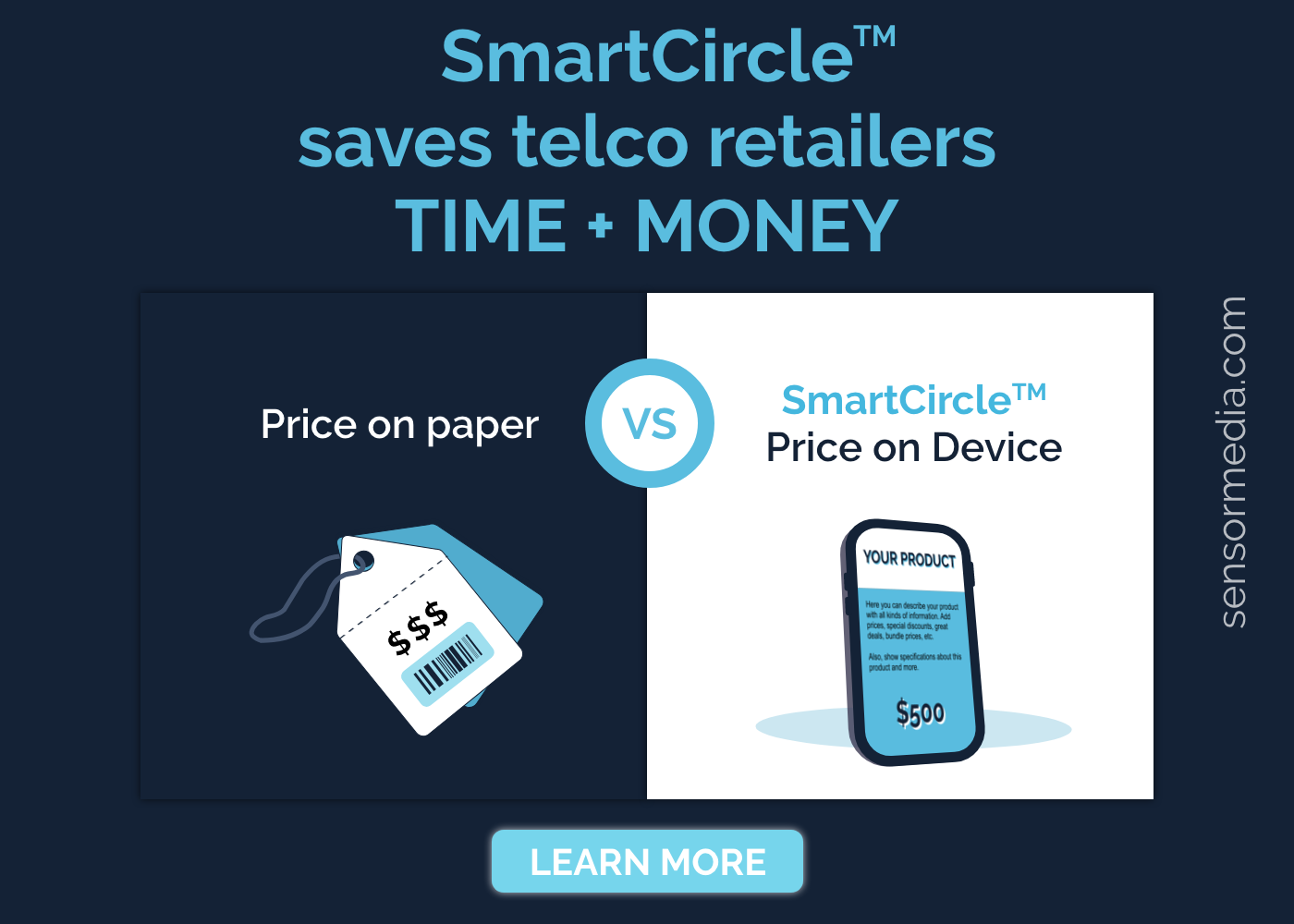Article Highlights:
2022 holds promises and challenges for retailers, but there are hurdles around supply chains, staffing, and ongoing uncertainty to navigate. Brand leaders will also need to consider new consumer patterns and expectations, and the growing role of technology innovation in business strategy. Key take-aways include:
Personalization is a requirement, and it requires data. While personalization is a differentiation point for brands, it has become table stakes for consumers. Personalization depends on data, and brands need a data library that uncovers customer needs and preferences. Stores are here to stay, but their purpose is changing. 97% of consumers still see a need to go to a physical store, yet the main purpose of some is no longer to move product, but to provide brand-building experiences or serve as a fulfillment centre. Customers are channel-agnostic, which begets omnichannel strategies. With shoppers increasingly channel-agnostic, retailers must adopt omnichannel strategies that keep customers connected and engaged across touchpoints, allowing for a near-continuous collection of data. Gen Z writes the future, and they care about brand values. Gen Z expects companies to meet their expectations, and an increasing number are valuing transparency, so brands must demonstrate their values and give visibility into operations. Technology partnerships could make or break a retailer. Retailers are increasingly leaning on technology partners for innovative projects and data collection, and securing the right partnerships will separate retail leaders.







